Growing DIY Culture
The Low Voc Paint Market is experiencing a boost from the growing do-it-yourself (DIY) culture, which has gained momentum in recent years. As more individuals engage in home improvement projects, there is a rising demand for user-friendly, safe, and environmentally friendly products. Low VOC paints are particularly appealing to DIY enthusiasts who are conscious of the health implications associated with traditional paints. This trend is reflected in the increasing sales of low VOC products in retail outlets catering to DIY consumers. As the DIY movement continues to thrive, the Low Voc Paint Market is likely to see sustained growth, driven by the preferences of this expanding consumer segment.
Increased Consumer Awareness
The Low Voc Paint Market is experiencing a notable shift as consumers become increasingly aware of the health and environmental impacts associated with traditional paints. This heightened awareness is driving demand for low VOC alternatives, which are perceived as safer and more sustainable. According to recent surveys, a significant percentage of consumers express a preference for products that contribute to better indoor air quality. This trend is further supported by the growing availability of information regarding the harmful effects of volatile organic compounds, which has led to a more informed consumer base. As a result, manufacturers in the Low Voc Paint Market are adapting their product lines to meet this demand, potentially leading to increased market share and profitability.
Sustainable Building Practices
The Low Voc Paint Market is closely aligned with the rise of sustainable building practices, which are becoming a standard in construction and renovation projects. Architects and builders are increasingly prioritizing materials that minimize environmental impact, and low VOC paints fit this criterion perfectly. The construction sector is projected to grow, with a significant portion of new projects emphasizing sustainability. This trend is likely to drive the demand for low VOC paints, as they are often specified in green building certifications such as LEED. As more stakeholders in the construction industry recognize the benefits of low VOC products, the Low Voc Paint Market is expected to expand, catering to this evolving demand.
Regulatory Support and Incentives
The Low Voc Paint Market is benefiting from a range of regulatory measures aimed at reducing air pollution and promoting environmentally friendly products. Governments are increasingly implementing stringent regulations that limit the allowable levels of VOCs in paints and coatings. These regulations not only encourage manufacturers to innovate and develop low VOC products but also create a favorable market environment for such offerings. In some regions, financial incentives are provided to consumers who choose low VOC paints, further stimulating demand. This regulatory landscape is likely to continue evolving, with more jurisdictions adopting similar measures, thereby reinforcing the position of low VOC products within the paint market.
Technological Innovations in Paint Formulation
The Low Voc Paint Market is witnessing a surge in technological innovations that enhance the performance and appeal of low VOC products. Advances in paint formulation technology have led to the development of low VOC paints that not only meet environmental standards but also offer superior durability, coverage, and aesthetic qualities. These innovations are crucial in addressing the common perception that low VOC paints compromise on performance. As manufacturers invest in research and development, the availability of high-quality low VOC options is likely to increase, attracting a broader customer base. This trend may result in a competitive advantage for companies that successfully leverage these technological advancements in the Low Voc Paint Market.


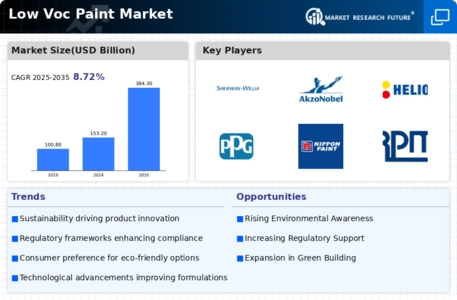
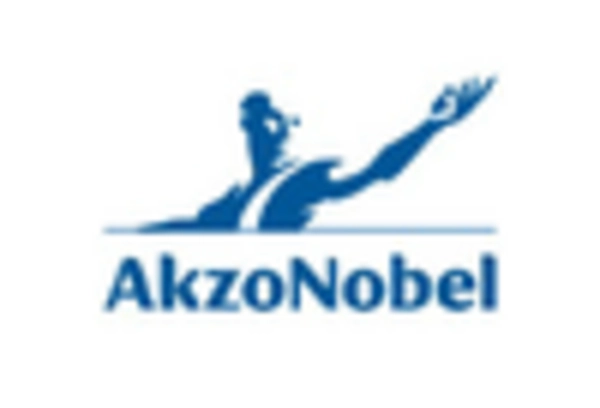
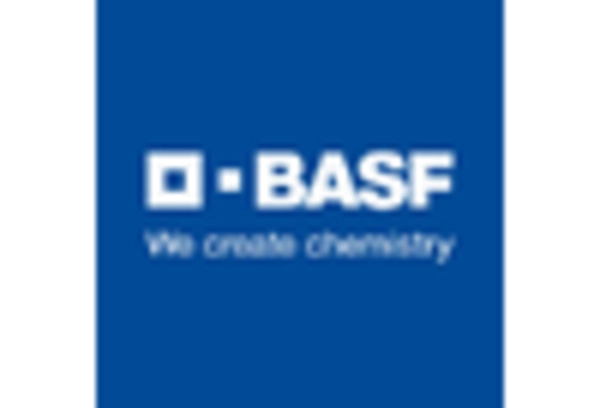
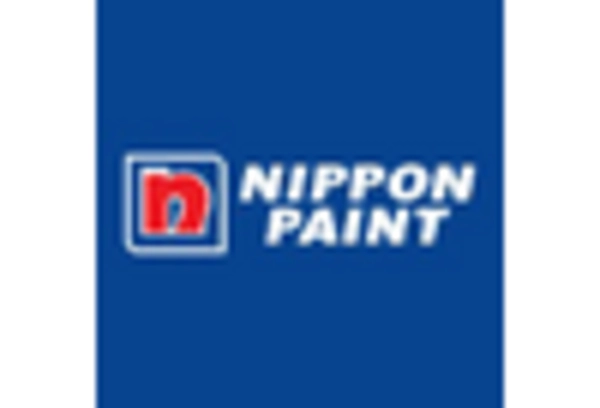
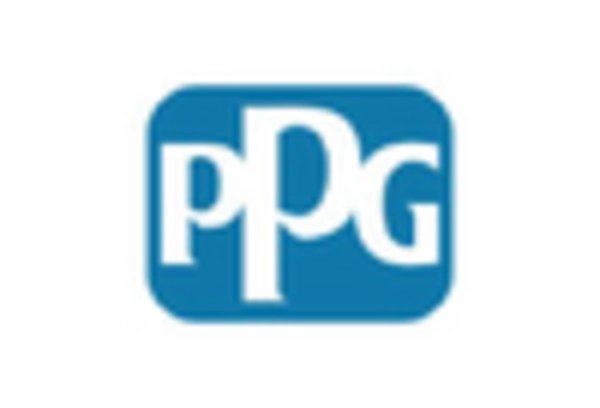

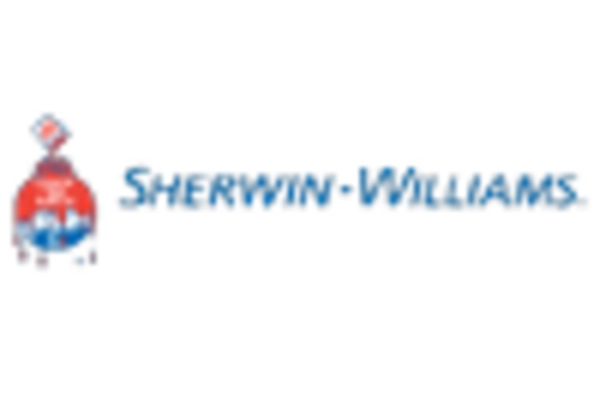








Leave a Comment